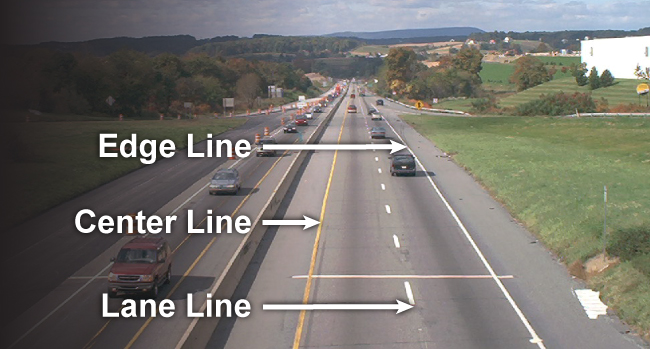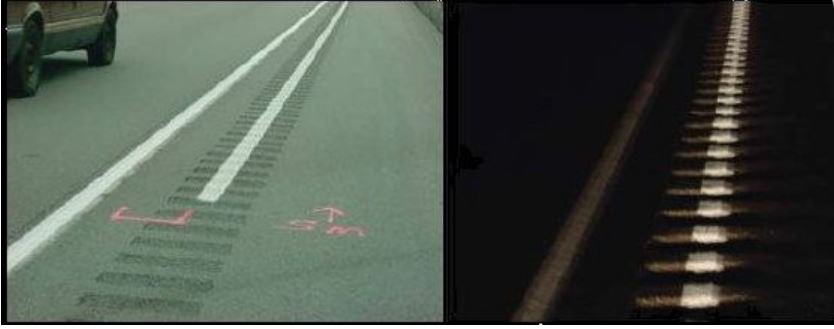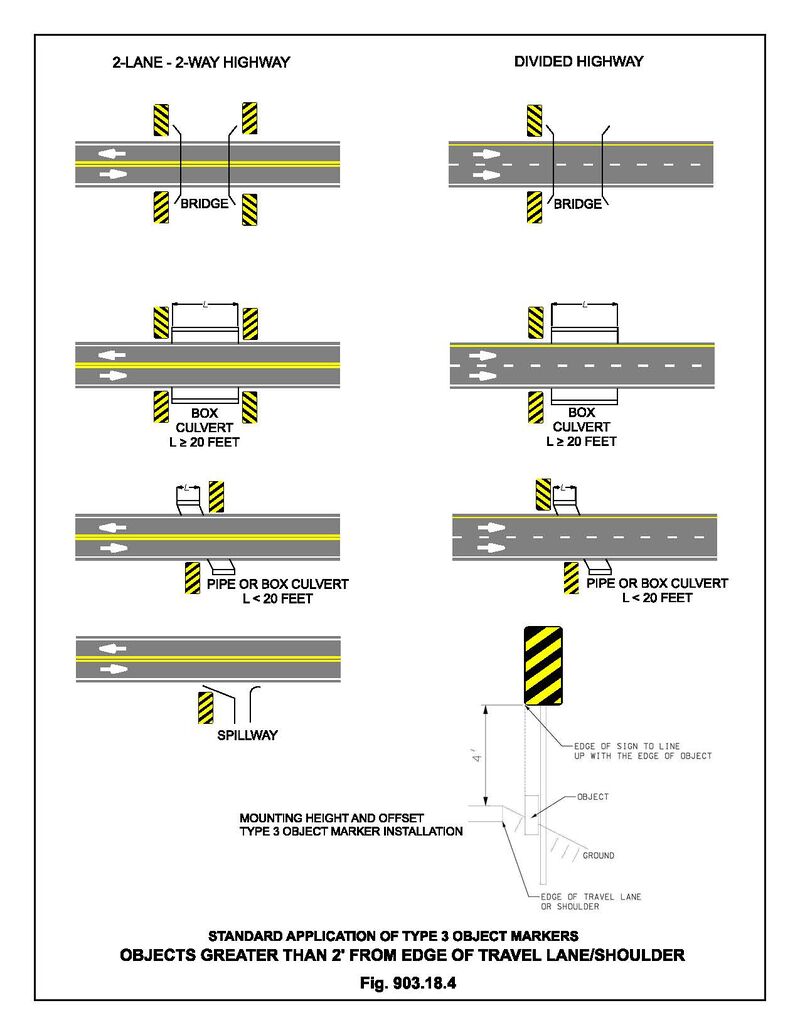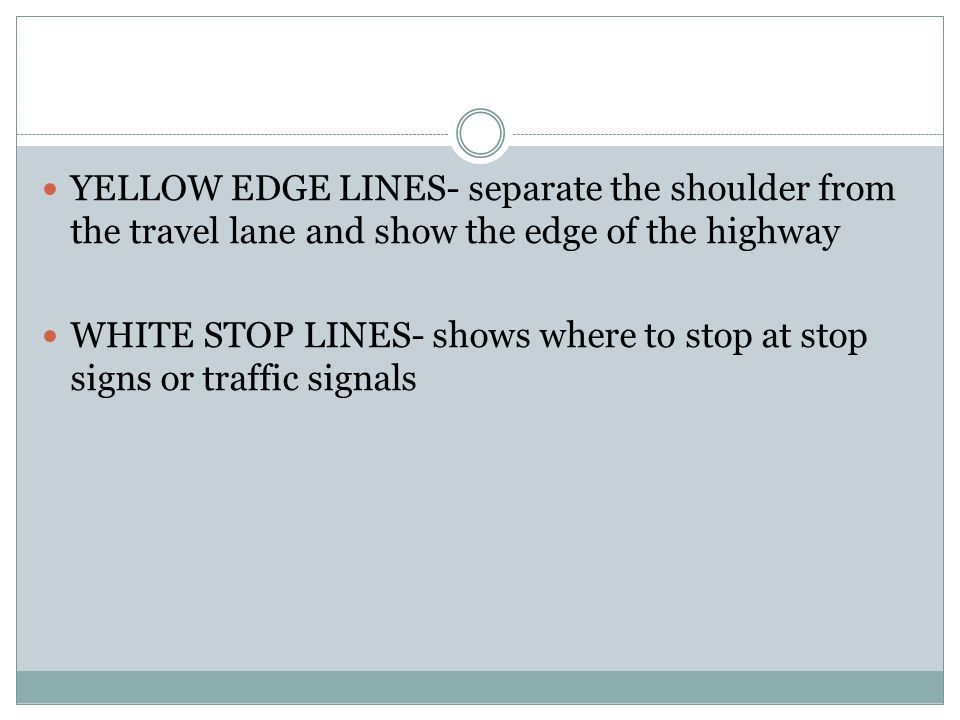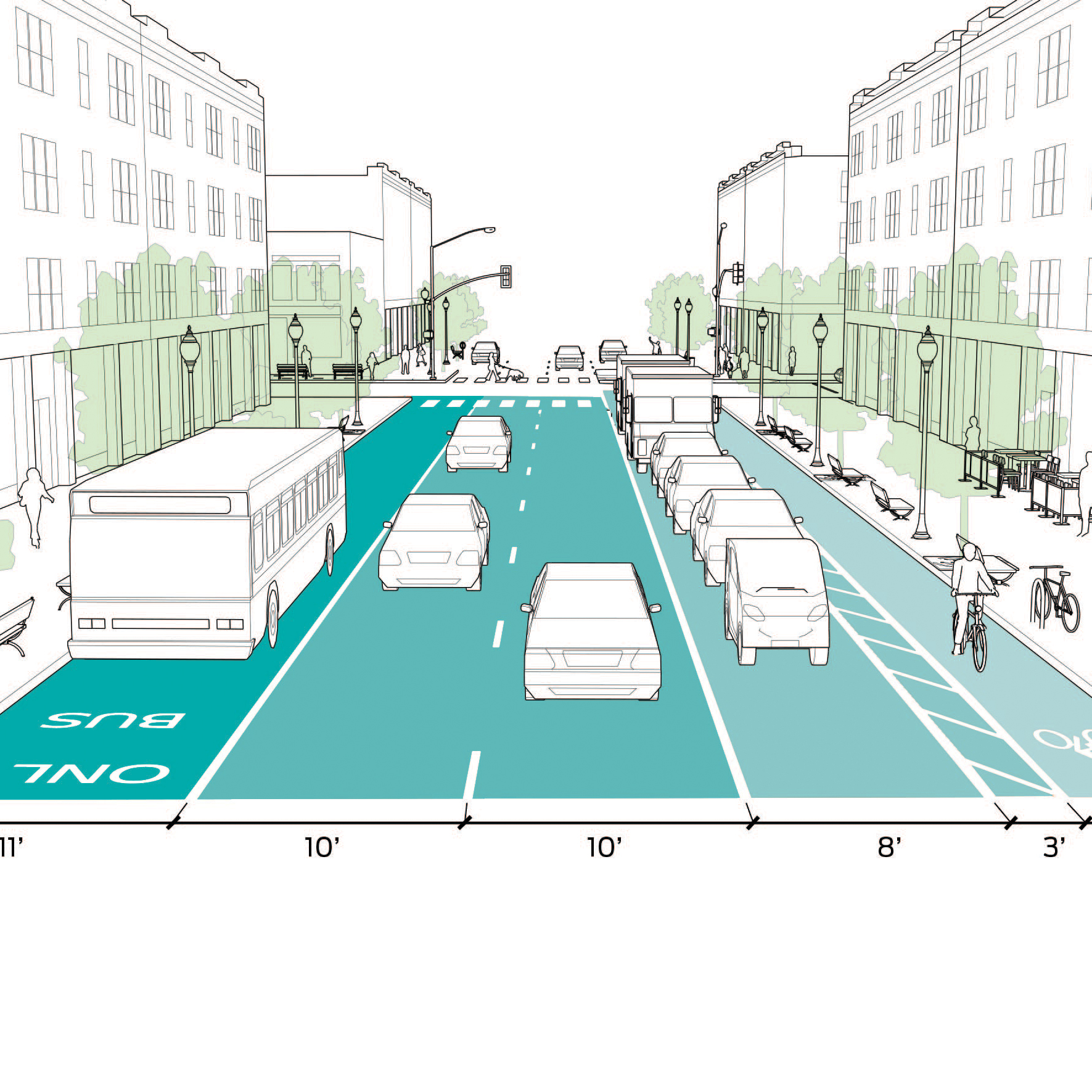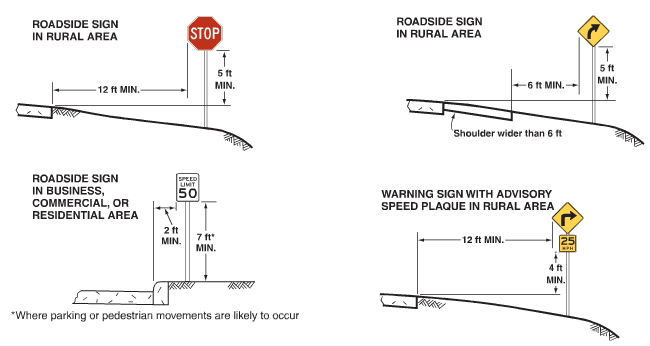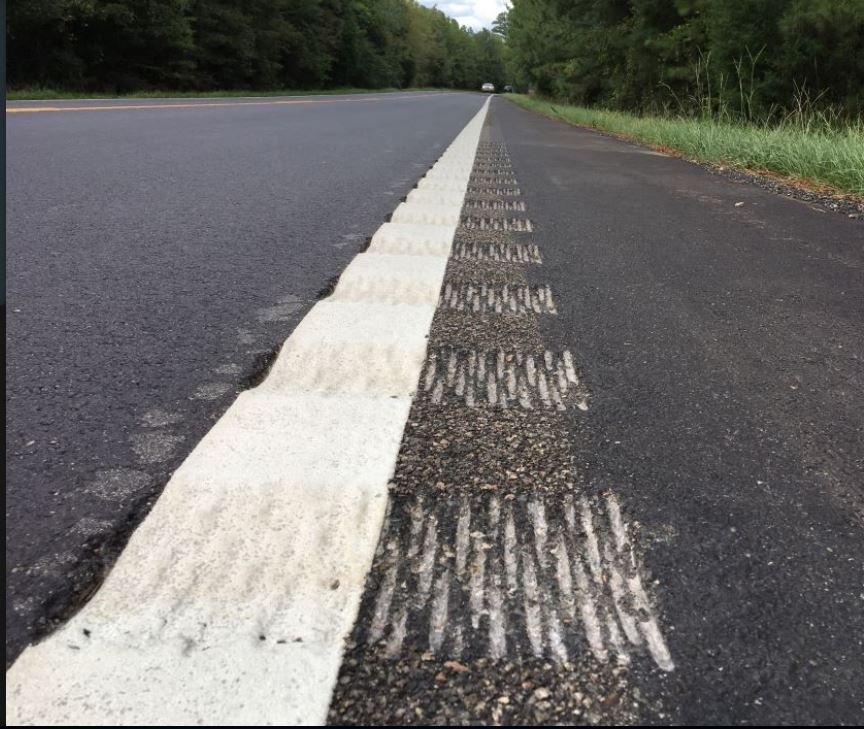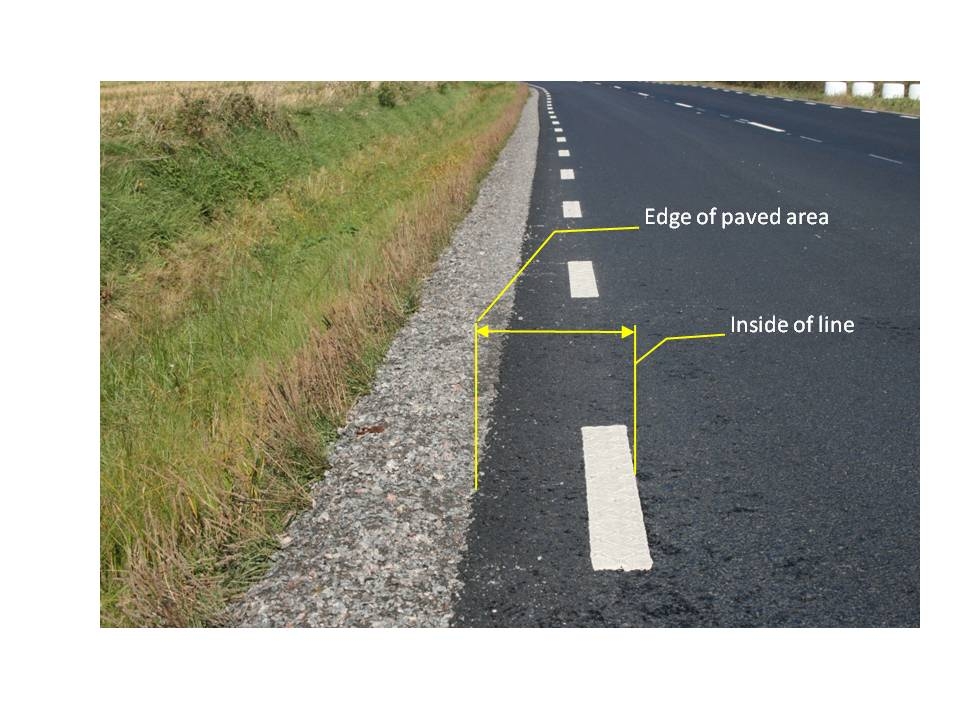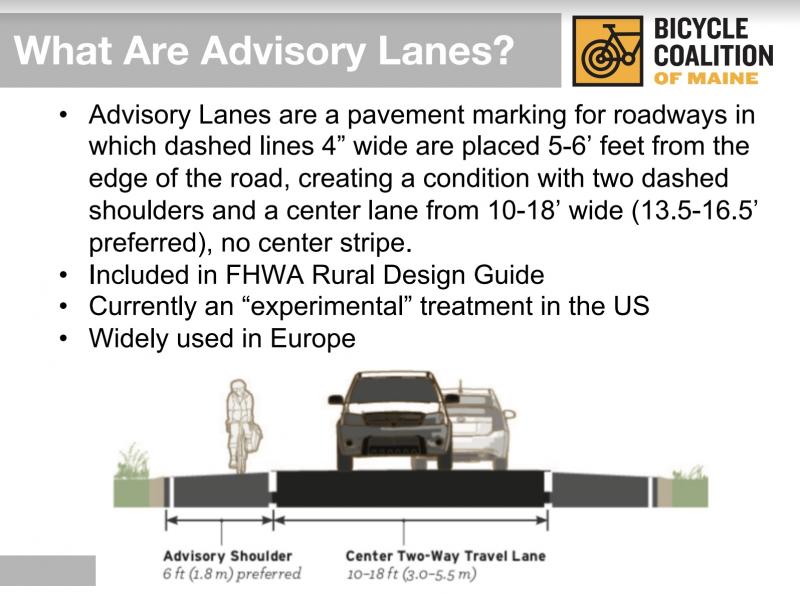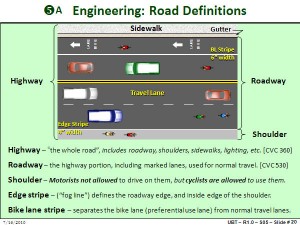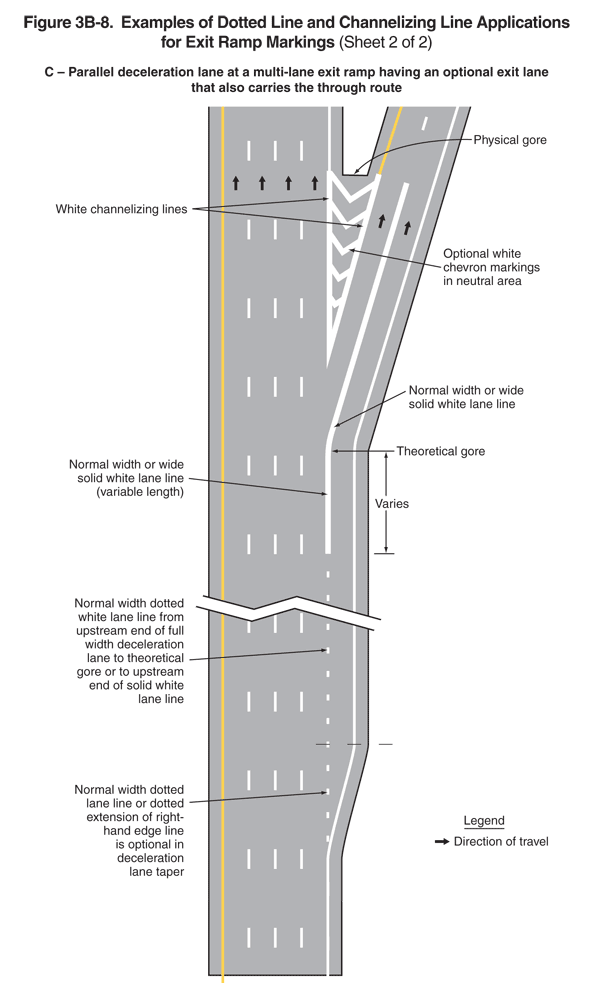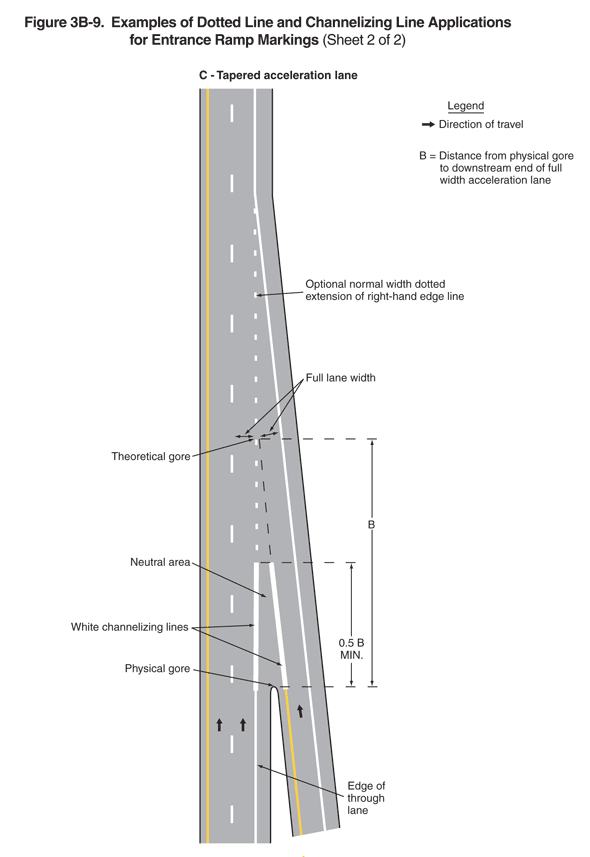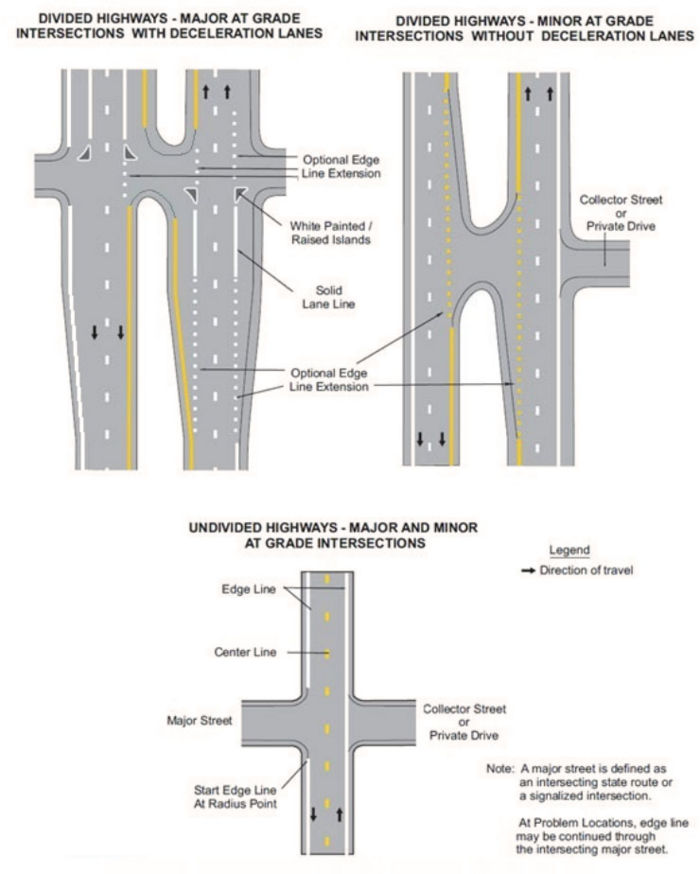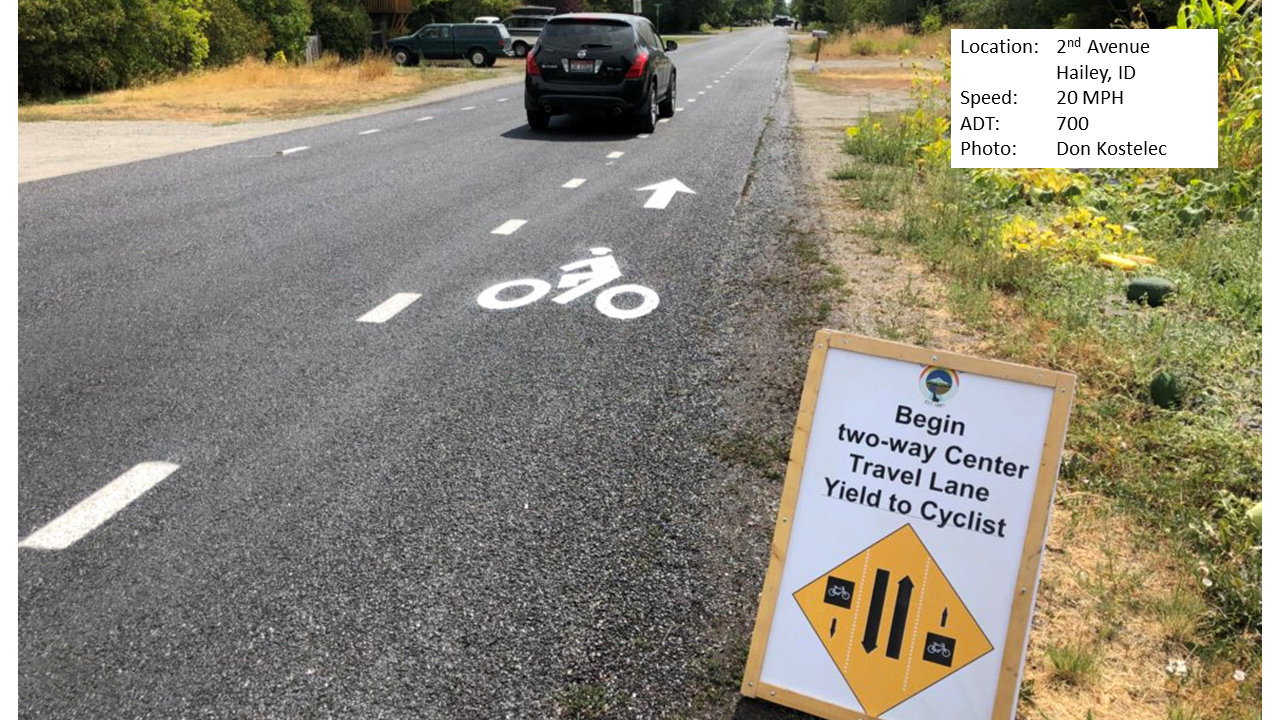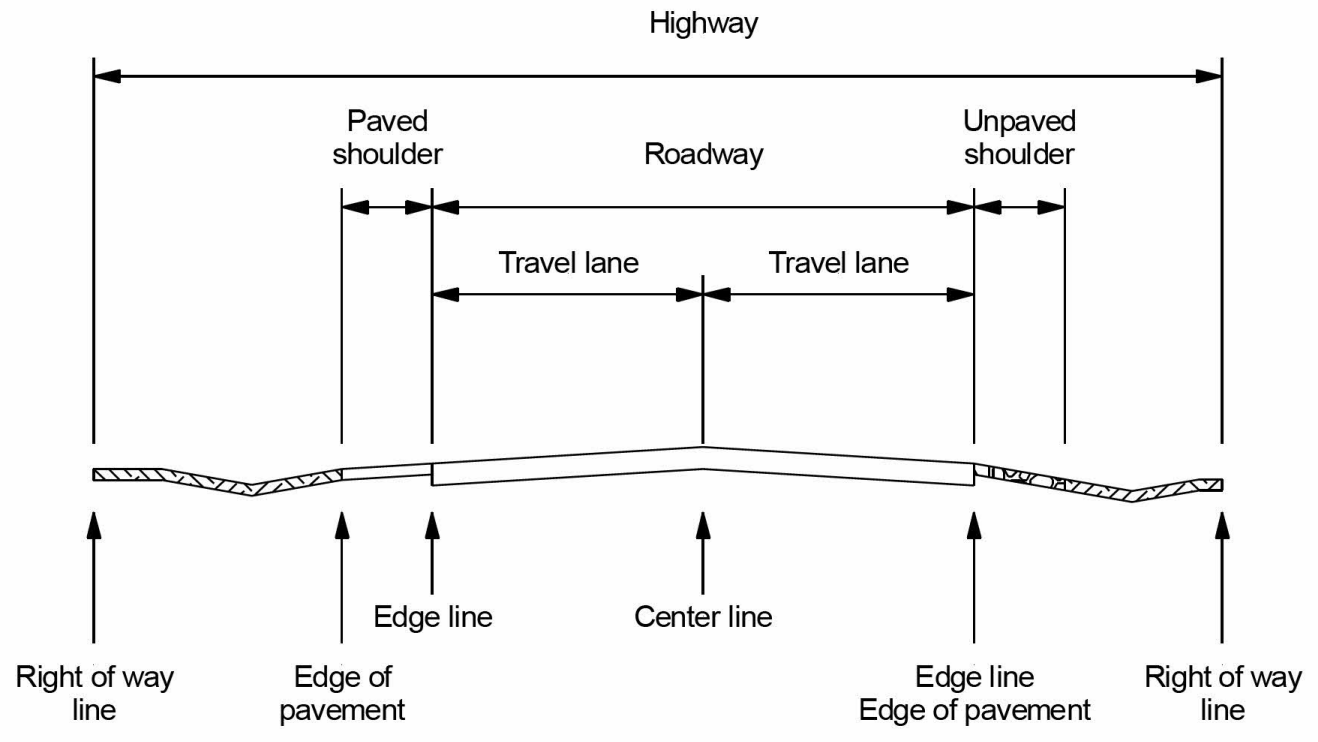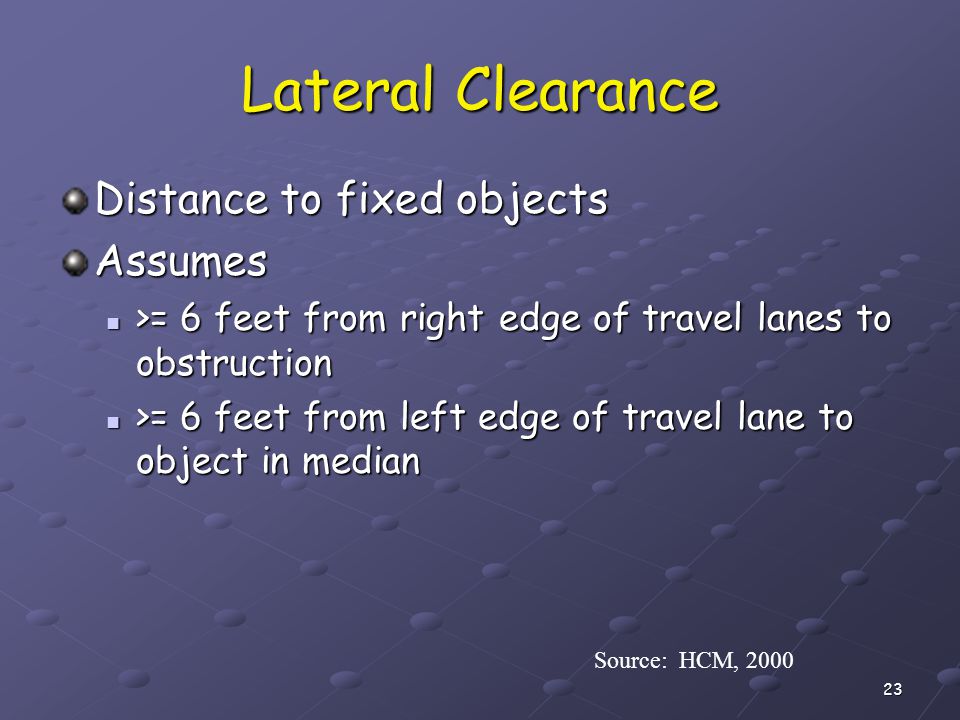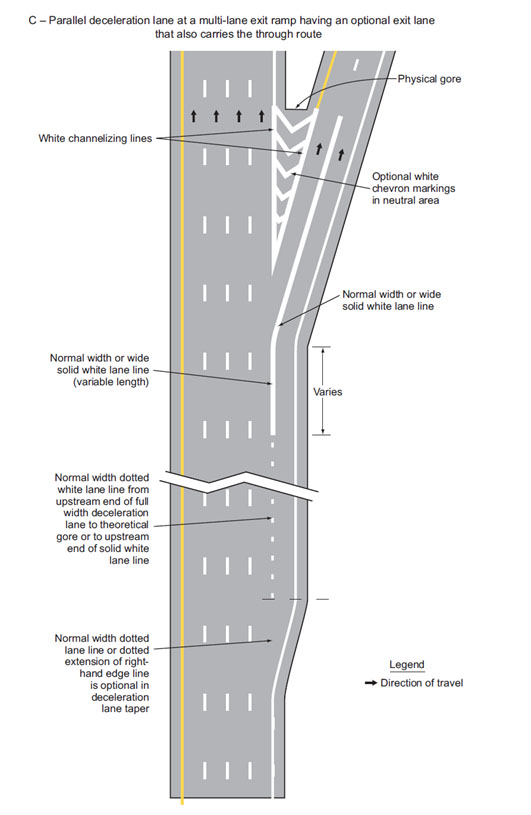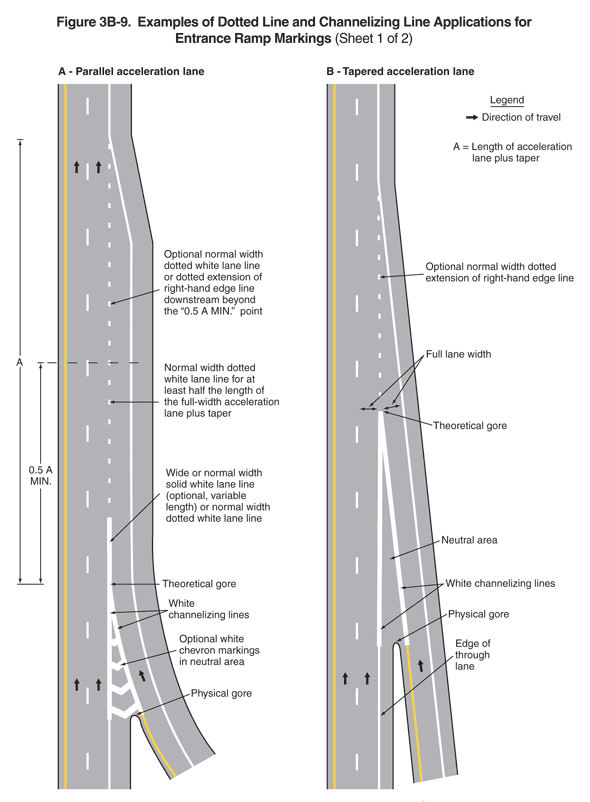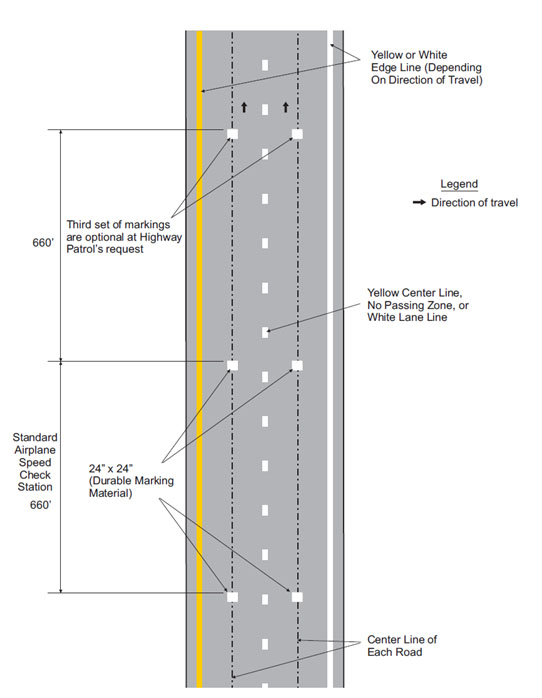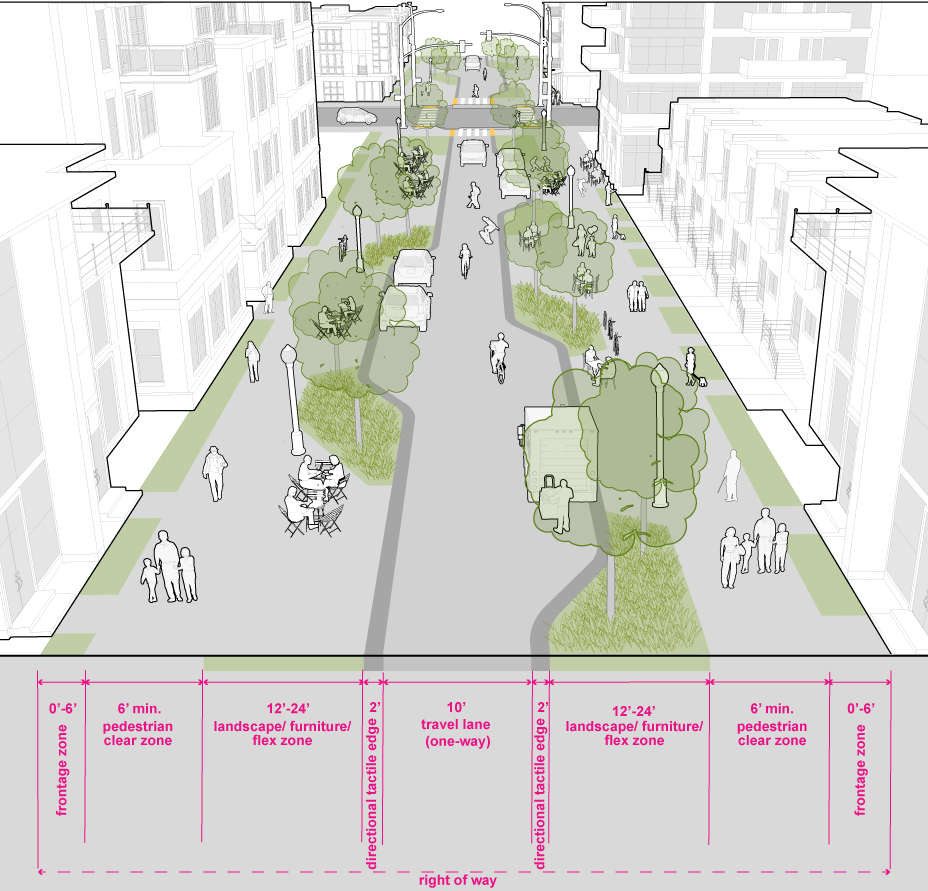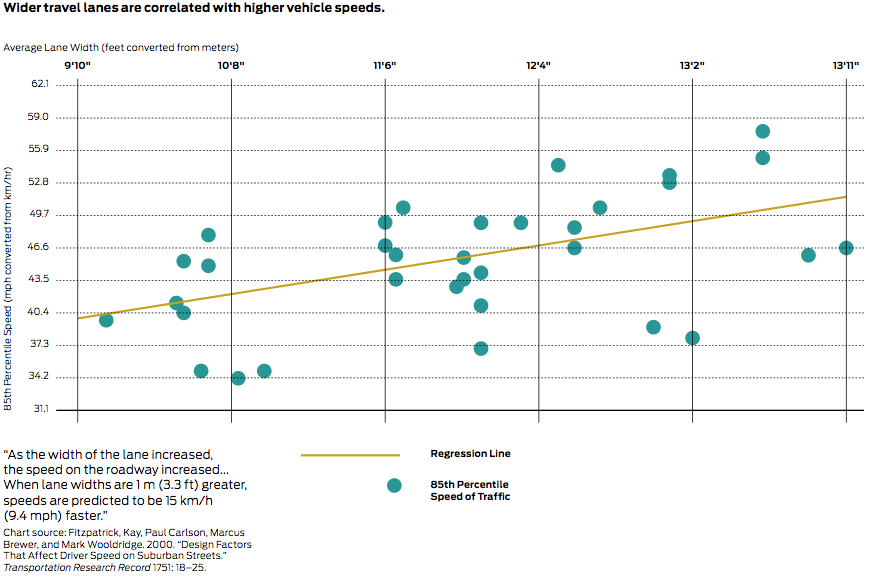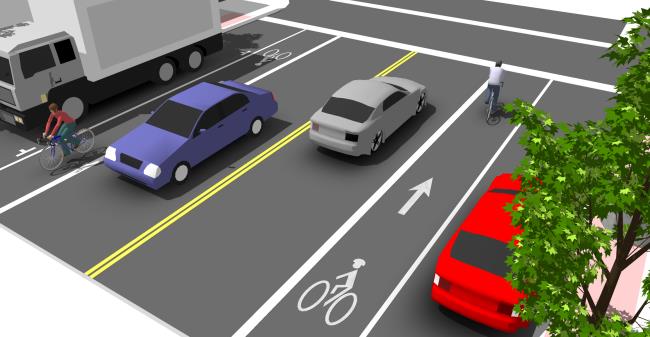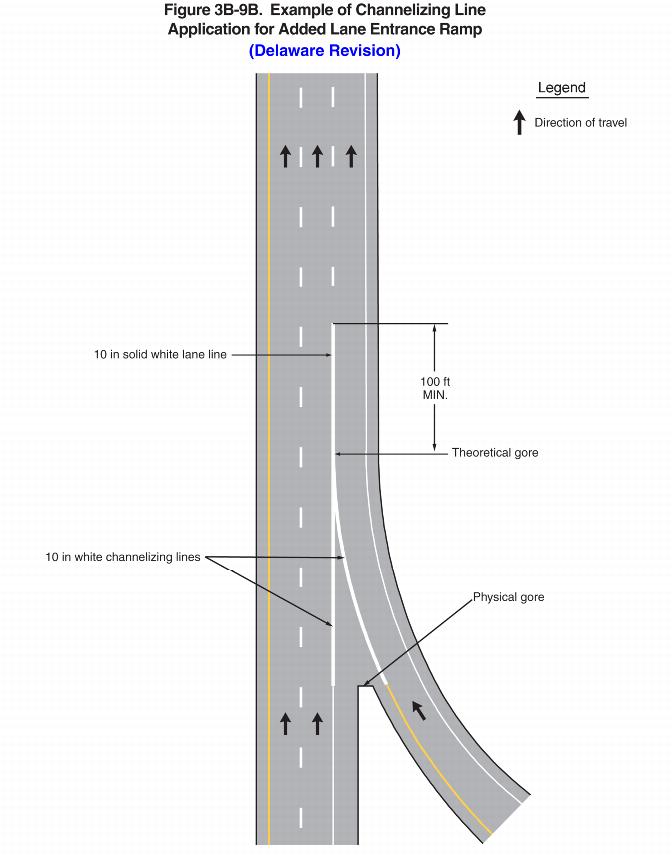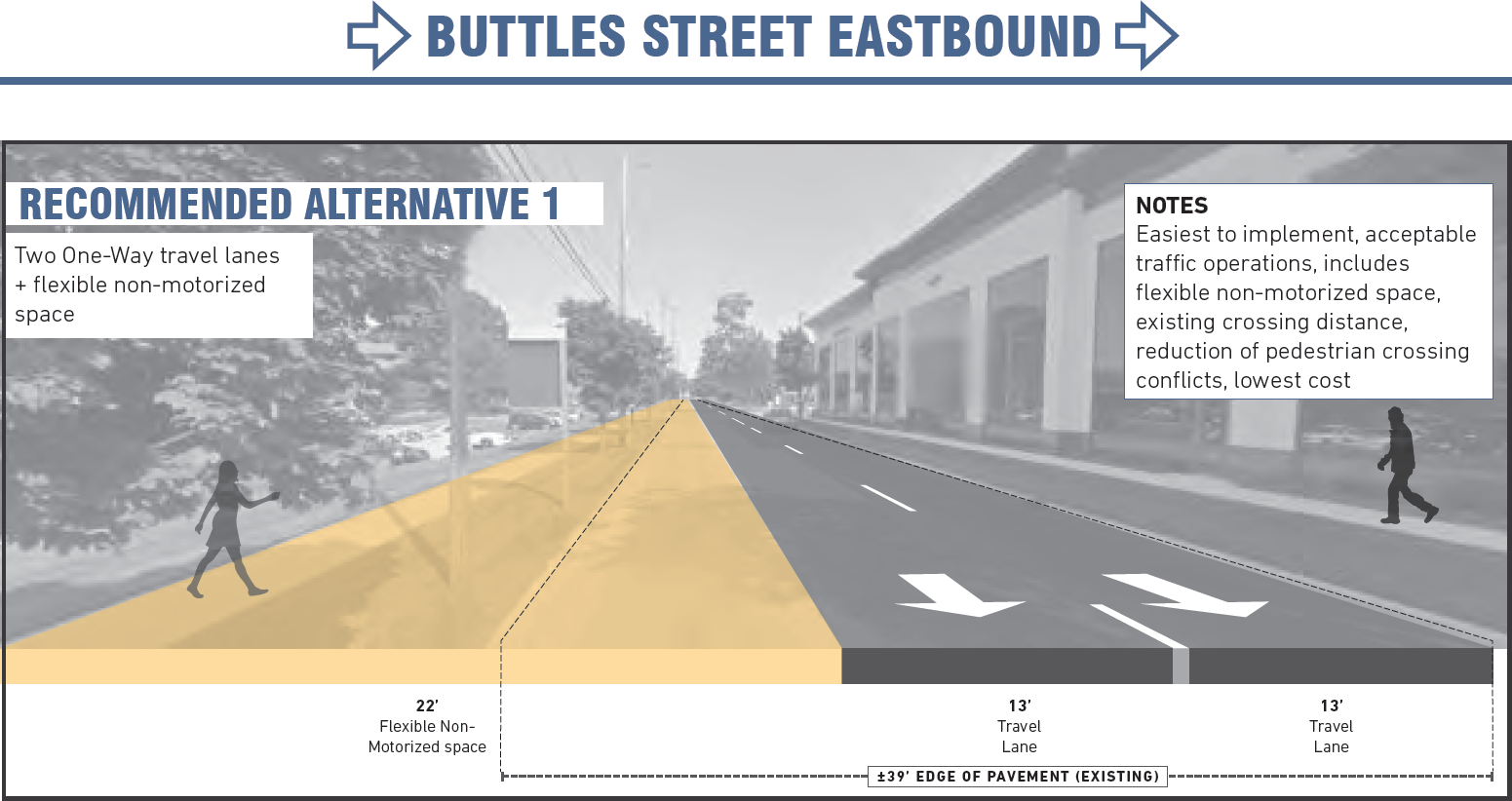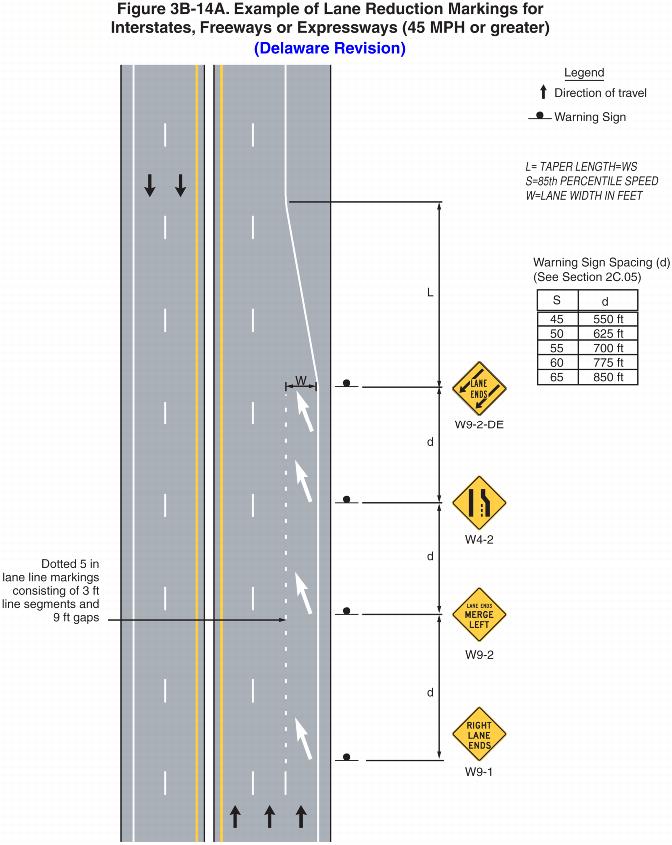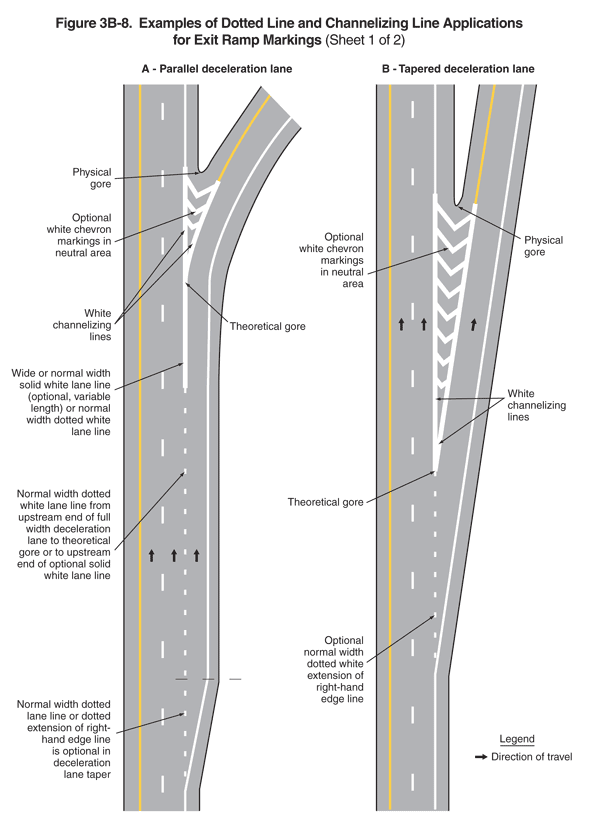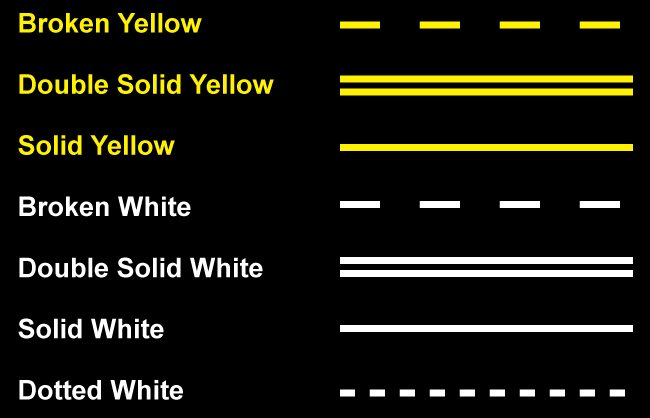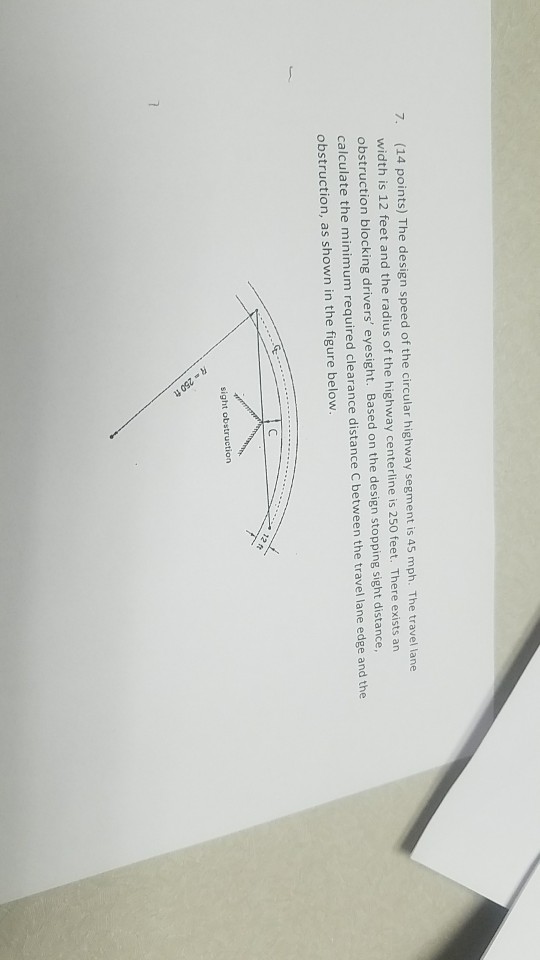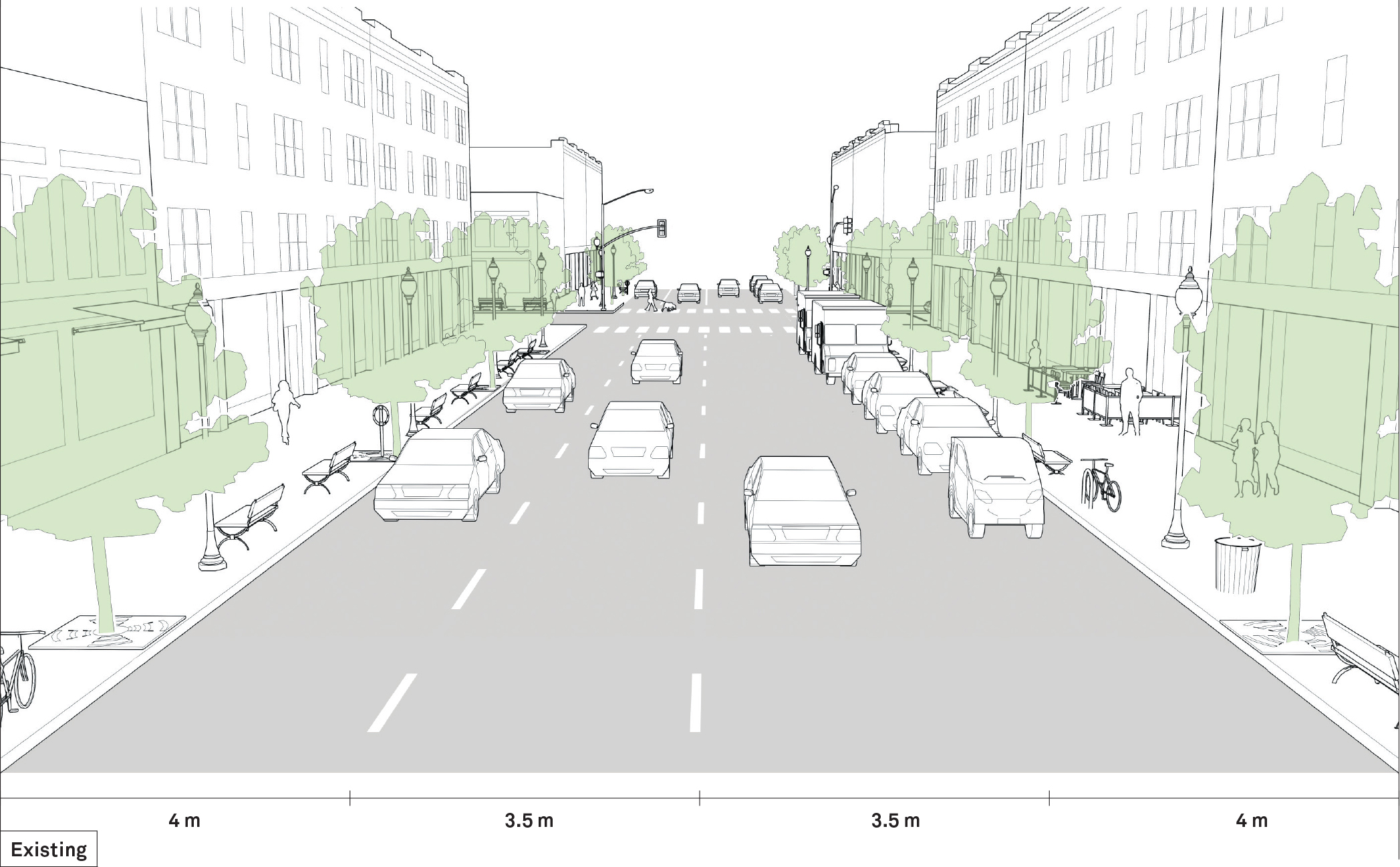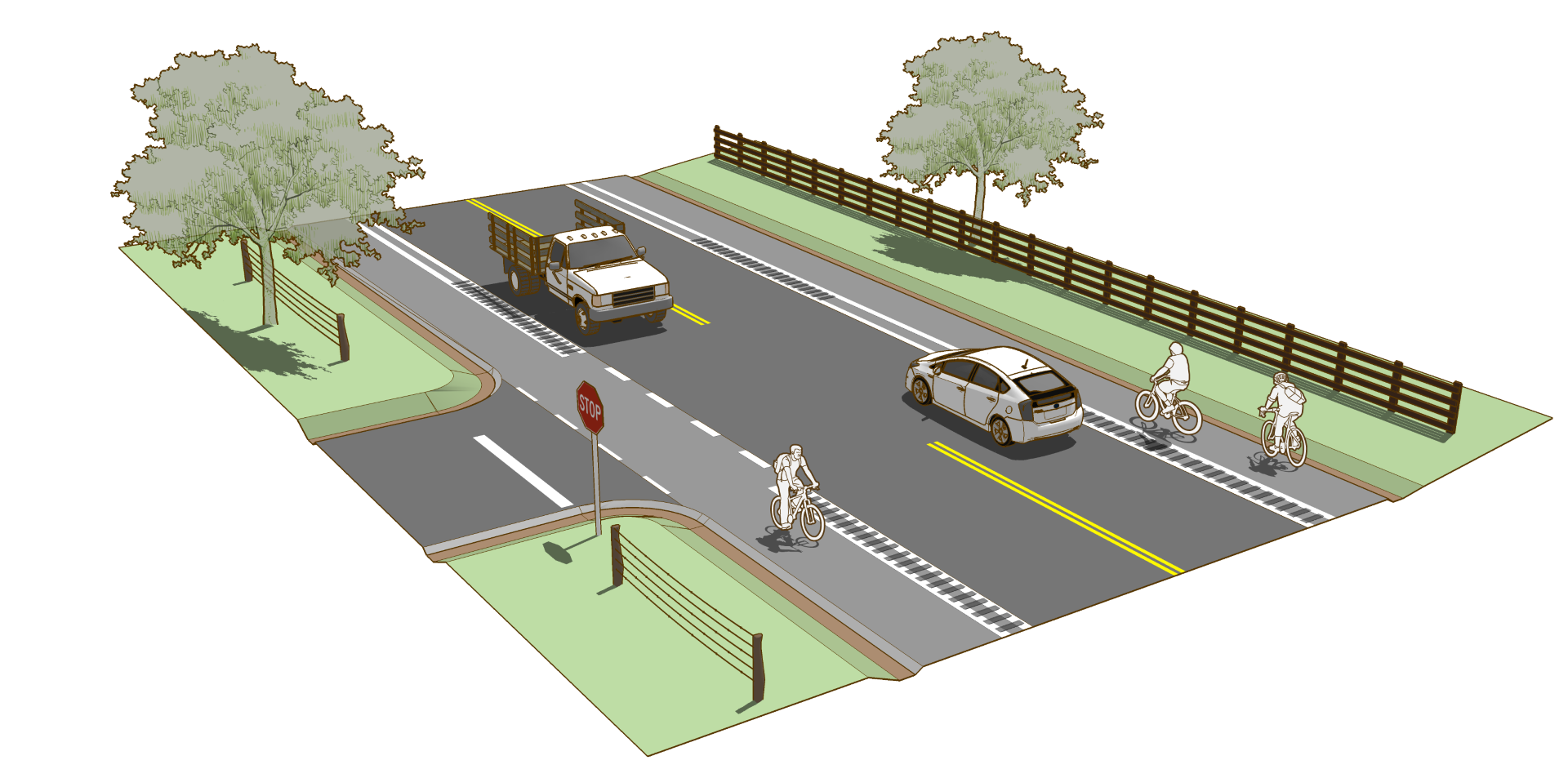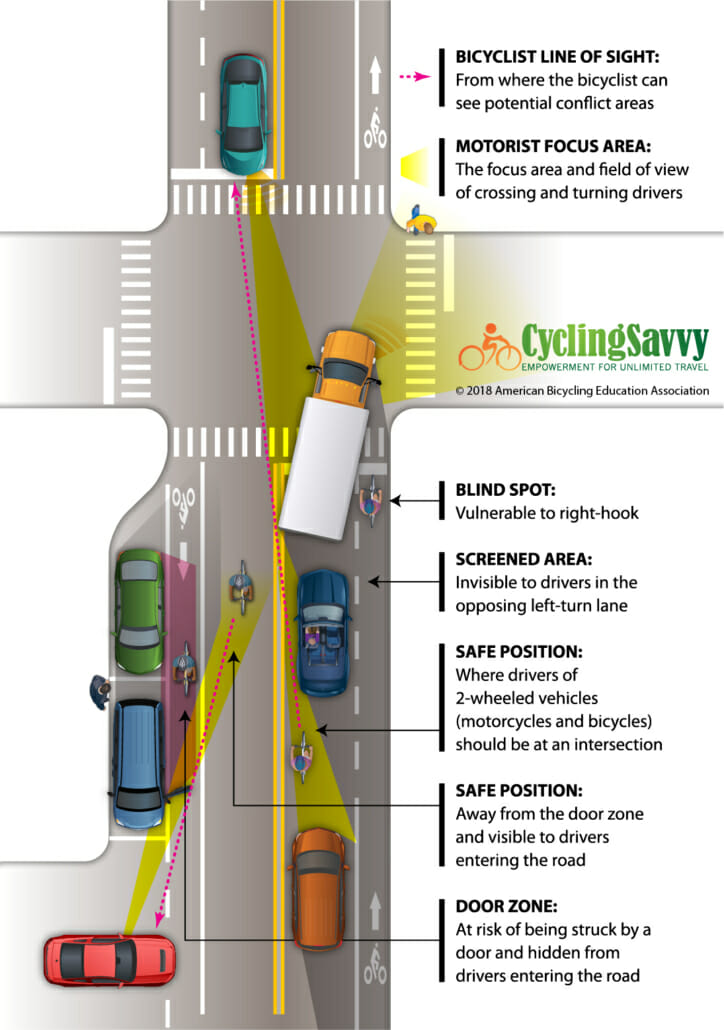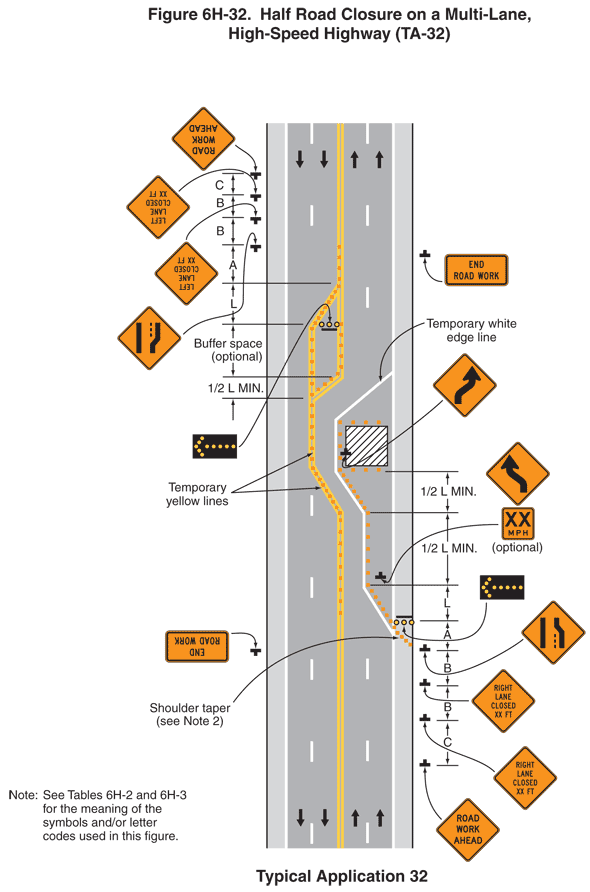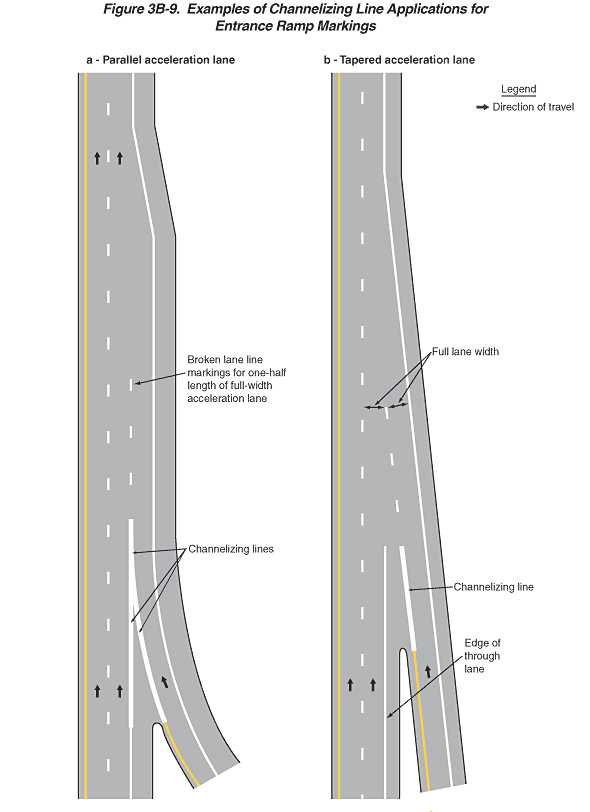Edge Of Travel Lane
This condition is known to be hazardous to motorists particularly motorcycles compact cars and vehicles pulling trailers.
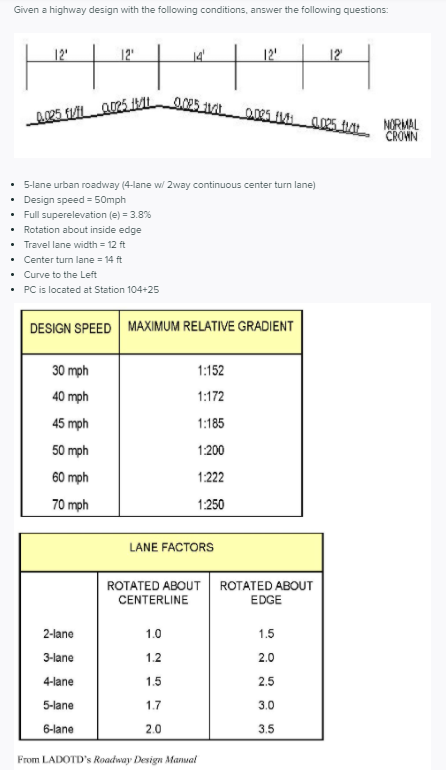
Edge of travel lane. This component can be attached to either the left or right side. These edge conditions may be present between shoulders and travel lanes between adjacent or opposing travel lanes or at intermediate points across the width of the paved surface. The attachment point is at the inside edge of the lane on the finish grade surface. The appropriate practice for pavement edge drops in construction work zones recognizes that the hazard with any edge drop progressively increases from a position off the shoulder to the edge of the shoulder to the edge of the traveled way to between lanes to within a travel lane to in the wheel track of a lane.
Except as otherwise provided in this subdivision when a specific lane or lanes have not been so designated any of those vehicles shall be driven in the right hand lane for traffic or as close as practicable to the right edge or curb. As this position hazard and the edge drop height increase the need for greater traffic control increases as does the expediency for minimizing the exposure to the edge drop. Inside edge of outermost travel lane equals the centerline of 2 lane highway direction of travel out intersection points offset line step 1 outside edge of travel lane x in driveway opening limit typ arc tangent point typ edge of driveway x c projected edge of driveway step 5 step 6 step 4 step 2 step 3 x radius r see table 5 radius r radius r. For highways other than interstates breakaway poles placed on the house side of travel lanes should be 15 feet from lane edge where practical.
If however a specific lane or lanes have not been designated on a divided highway having four or more.

